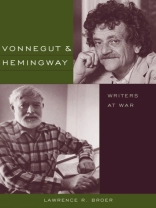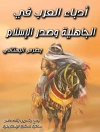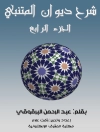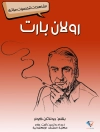In this original comparative study of Kurt Vonnegut and Ernest Hemingway, Lawrence R. Broer maps the striking intersections of biography and artistry in works by both writers, and he compares the ways in which they blend life and art.
Broer views Hemingway as the ‘secret sharer’ of Vonnegut’s literary imagination and argues that the two writers—while traditionally considered as adversaries because of Vonnegut’s rejection of Hemingway’s emblematic hypermasculinism—inevitably address similar deterministic wounds in their fiction: childhood traumas, family insanity, deforming wartime experiences, and depression. Rooting his discussion in these psychological commonalities between Vonnegut and Hemingway, Broer traces their personal and artistic paths by pairing sets of works and protagonists in ways that show the two writers not only addressing similar concerns, but developing a response that in the end establishes an underlying kinship when it comes to the fate of the American hero of the twentieth century.
Broer sees Vonnegut and Hemingway as fundamentally at war—with themselves, with one another’s artistic visions, and with the idea of war itself. Against this onslaught, he asserts, they wrote as a mode of therapy and achieved literary greatness through combative opposition to the shadows that loomed so large around them.
Sobre o autor
Lawrence R. Broer is a professor emeritus of English at the University of South Florida and the author or editor of eight previous books, including Sanity Plea: Schizophrenia in the Novels of Kurt Vonnegut and Hemingway’s Spanish Tragedy.












